Upgrading a new RAM on a computer can boost its performance. RAM upgrade is helpful, especially for gamers and graphics designers because their computers have to perform heavy-duty tasks. If your Windows 11 computer runs slow after a RAM upgrade, the solutions provided in this article will help you.
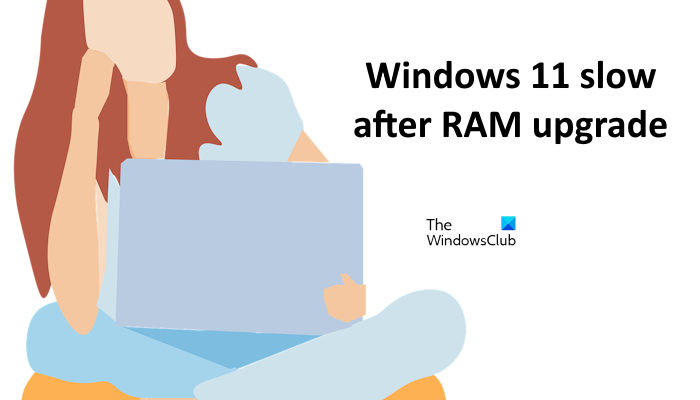
Windows 11 slow after RAM upgrade
Follow the suggestions laid down in this article if your Windows 11 computer runs slow after a RAM upgrade. Before proceeding, check if the RAM is compatible with your motherboard.
- Make sure you have installed the RAM correctly
- Update graphics card driver
- Run Memory Diagnostic test
- Is your PC detecting all the RAM?
- Update BIOS and chipset driver
- Bottleneck issue
Below, we have talked about all these fixes in detail.
1] Make sure you have installed the RAM correctly
Motherboards have different slots for RAM installation. If your motherboard has 4 RAM slots and you are installing 2 RAM sticks, you cannot install them in any RAM slot. We suggest you refer to the user manual of your computer motherboard to know the correct procedure for installing RAM.
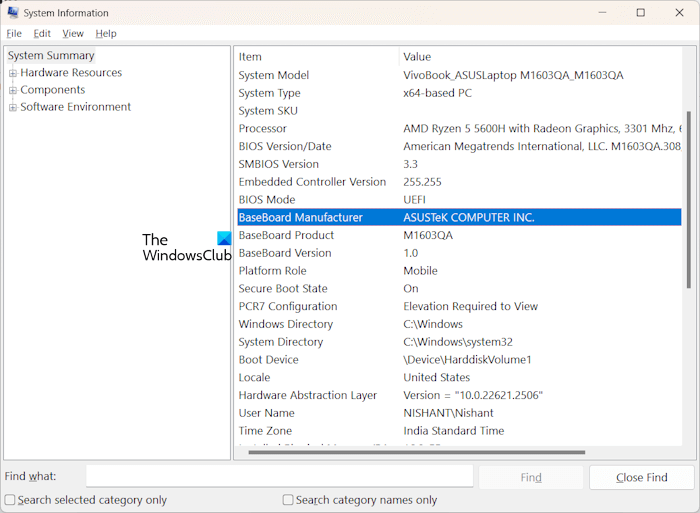
To know your motherboard manufacturer, open the System Information tool and select the System Summary from the left side. Now, look for the Baseboard Manufacturer on the right side.
2] Update graphics card driver
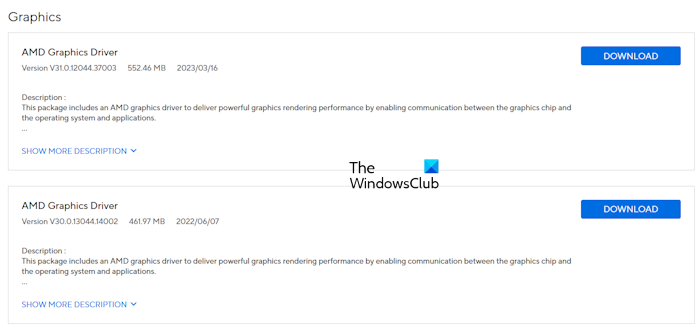
We also suggest you update your graphics card driver to the latest version after installing the new RAM. To update your graphics card driver to the latest version, visit your computer manufacturer’s official website and download the latest version of your GPU driver from there. Now, install it manually. Alternatively, you can also use dedicated software to update your graphics card driver, like AMD Software: Adrenalin Edition, Intel Driver & Support Assistant, etc.
3] Run Memory Diagnostic test
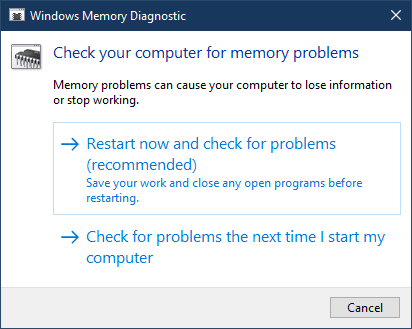
The RAM you have installed might be faulty. However, the chances of this are less. We still suggest you run the Memory Diagnostic Test on your system. Windows Memory Diagnostic is a built-in tool in Windows 11 that allows users to check the health of their RAM sticks.
4] Is your PC detecting all the RAM?
Check if your PC is detecting all the newly installed RAM sticks. To check this, open the Task Manager by pressing the Ctrl + Shift + Esc keys. Now, go to the Performance tab and select Memory. You will see the total memory there. If your computer shows less RAM than what you have installed on your system, there might be an issue with one of the RAM sticks.
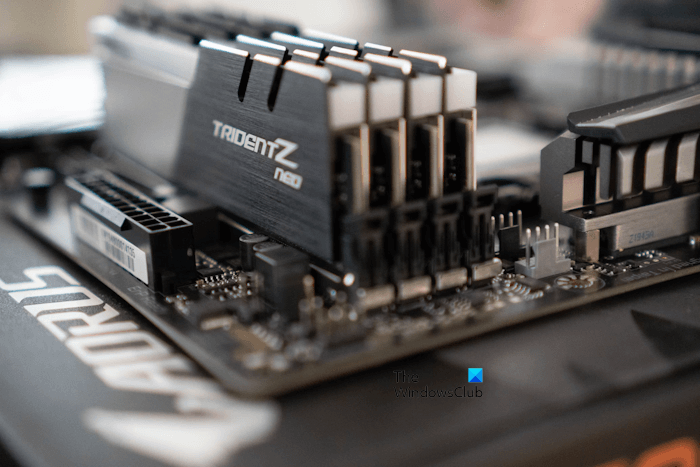
Completely shut down your computer and remove the power cord to avoid electric shock. Now, open the computer case, remove all the RAM sticks, and reinsert them. Also, clean the RAM sticks and RAM slots before reinstalling the RAM sticks.
5] Update BIOS and chipset driver

Updating the BIOS of your computer to the latest versions can also help fix this issue. A BIOS update can fix hardware-related issues, provided the hardware is not damaged. Visit the official website of your computer manufacturer and download the latest version of your computer BIOS from there. Run the installer file to update the BIOS to the latest version. During the BIOS update process, you have to provide a continuous power supply to your system. If the power supply is terminated during the BIOS update, it will cause problems with your motherboard.
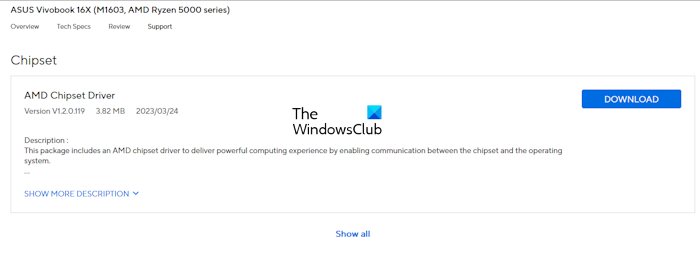
We also suggest you update your chipset driver. You can download the same from the official website of your computer manufacturer.
6] Bottleneck issue
Bottlenecking is the major cause affecting the computer’s performance after upgrading a particular hardware. Bottlenecking occurs when a particular hardware stops another hardware from performing to its maximum efficiency. This can be the case with you.
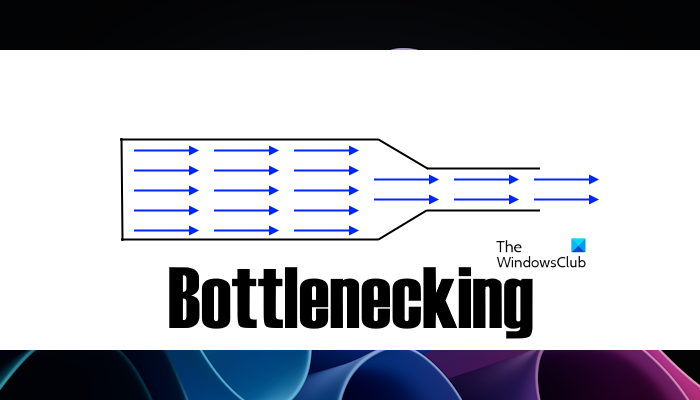
Suppose you have installed new RAM sticks that have higher clock speeds than the previously installed RAM sticks. Now, you are not getting the required clock speed from your RAM. One possible cause of this problem is bottlenecking. If your CPU does not support such a higher clock speed of RAM, it will stop your computer RAM from performing efficiently.
That’s it.
Can RAM cause PC to be slow?
If your PC does not have free RAM, your PC’s performance will be decreased. In this case, you can install more RAM. However, if your computer runs slow even after having enough free RAM available, there might be an issue with the RAM stick(s). You can check the health of your RAM by using a third-party tool or Windows built-in Memory Diagnostic tool.
Does upgrading from 8gb to 16gb make a difference?
It depends on how you use your computer. If your PC has powerful hardware but has 8 GB RAM and you use your computer for heavy-duty tasks, like playing high-definition video games, graphics designing, etc., upgrading RAM from 8GB to 16 GB will make a difference.
Read next: What are the signs of RAM failure and how to check faulty RAM?